Fitbit Versa 4 vs Charge 6: What's the difference? I tried them both to find out
Health Editor Grace Walsh put the Fitbit Versa 4 vs Charge 6 to the test through workouts, several nights of sleep, and daily tracking to reveal all you need to know
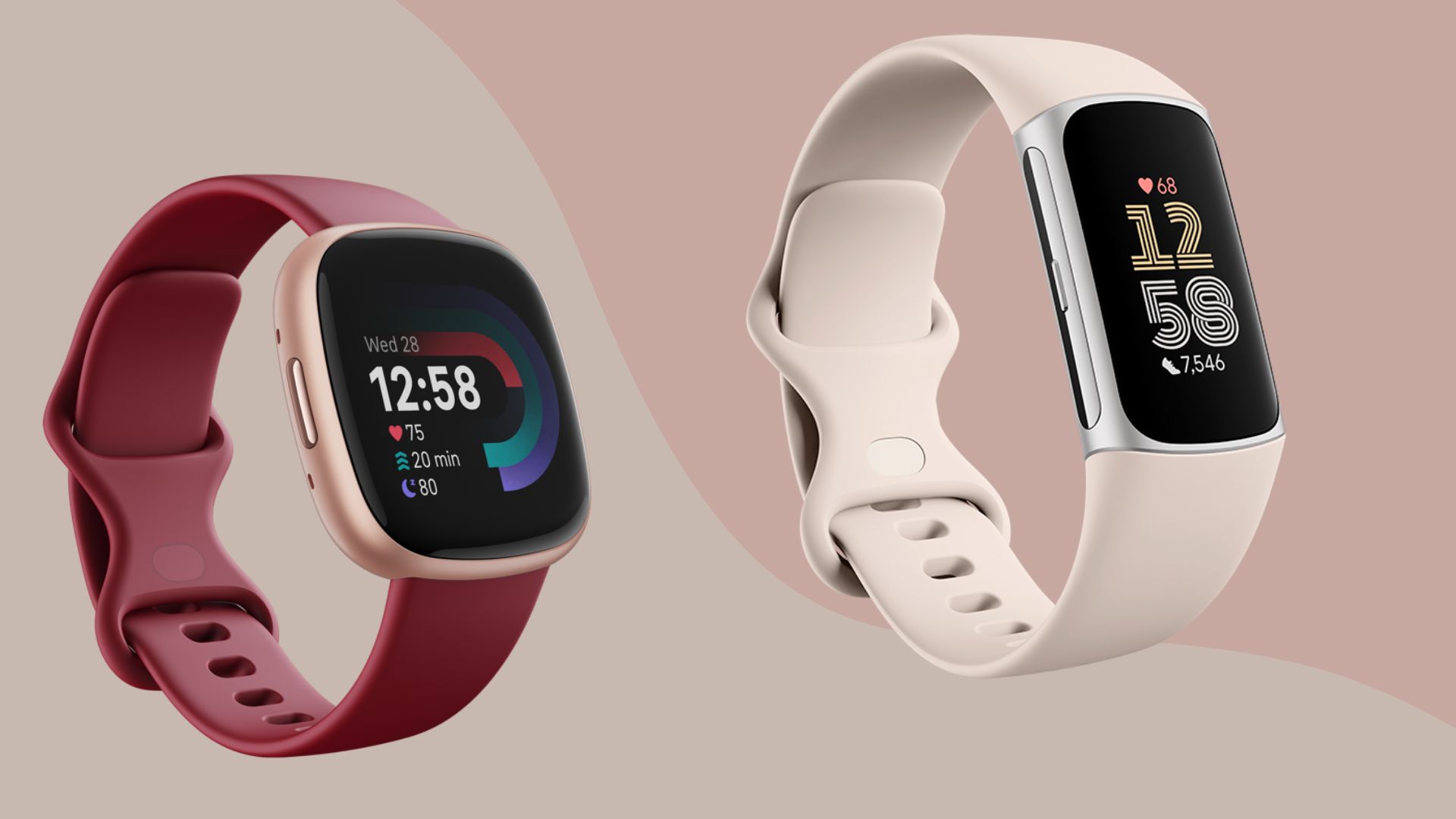

Weighing up the Fitbit Versa 4 vs Charge 6? These two watches sit among the bestsellers in the Fitbit range - and for good reason. They are great devices for monitoring your daily activity, workouts, sleep, stress, and so much more.
Being some of the best fitness trackers today, the Versa 4 and Charge 6 tread a careful line between being fitness trackers and smartwatches, providing the best of both worlds in different ways. While one may be better suited to you depending on your goals and lifestyle, they are both excellent choices.
As the digital health editor at woman&home and a fan of the brand, I've tested every Fitbit device on sale today. The Versa 4 was even my pick of the best Fitbits - until the release of the Charge 6. Here's what you need to know before choosing one or the other.
Fitbit Versa 4 vs Charge 6
Fitbit Versa 4 vs Charge 6: Overview
Both devices are good options if you're looking for a watch to support your health and wellbeing. They have a range of excellent features, including daily activity tracking (steps, heart rate monitoring, calories burnt, etc), workout modes (over 40 to be exact), built-in GPS, and on-wrist assistants to make your life easier.
I tested both these devices for two weeks back to back and though I have my favourite, both have plenty to offer and are very similar in many ways. Ultimately, I believe it comes down to design preference and a few feature differences.
The Fitbit Versa 4, released in September 2022, is a mid-level smartwatch. It's larger, so it has a bigger screen and the on-screen text is easy to read. It also offers complete integration with connected Android devices, meaning you make calls and send 'Quick Reply' texts from your wrist without picking up your phone.
The Fitbit Charge 6 is the newest Fitbit tracker. It's slimmer and less cumbersome but the smaller screen means the text isn't so easy to read. It's designed with fitness and wellbeing at the forefront so you can't make calls from linked Android devices (you can send 'Quick Reply' texts though) but can conduct an advanced ECG from your wrist, which checks for irregularities in your heart rate.
Sign up for the woman&home newsletter
Sign up to our free daily email for the latest royal and entertainment news, interesting opinion, expert advice on styling and beauty trends, and no-nonsense guides to the health and wellness questions you want answered.
Wondering which one is for you? Here, I review them both side by side, highlighting the key differences and what you need to know before buying.
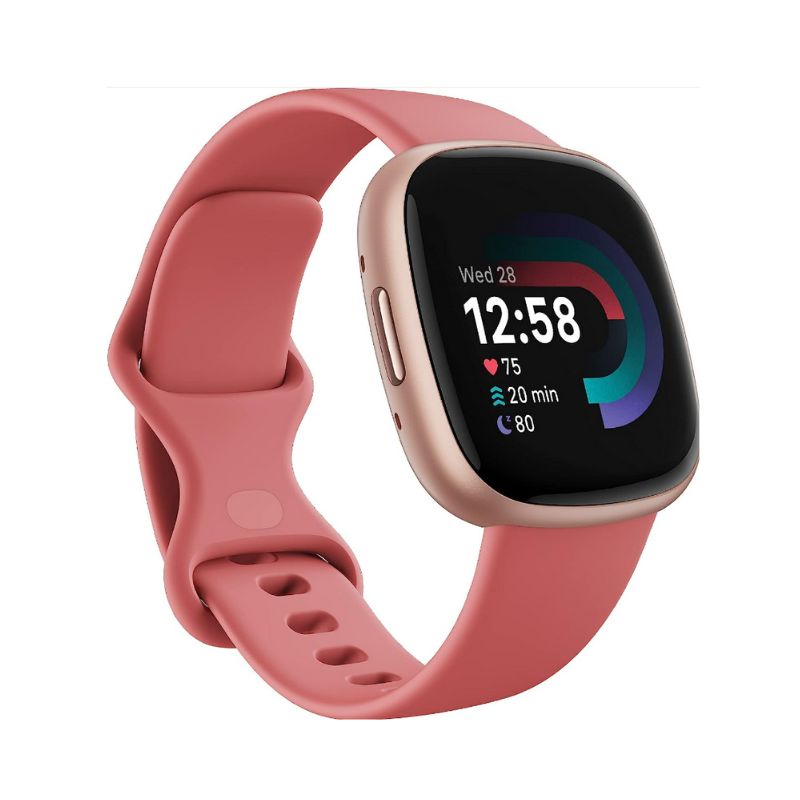
A seamless mixture of fitness tracking and lifestyle features, helping to support your health and fitness goals with an easy-read display and simple navigation. Available in three colours.
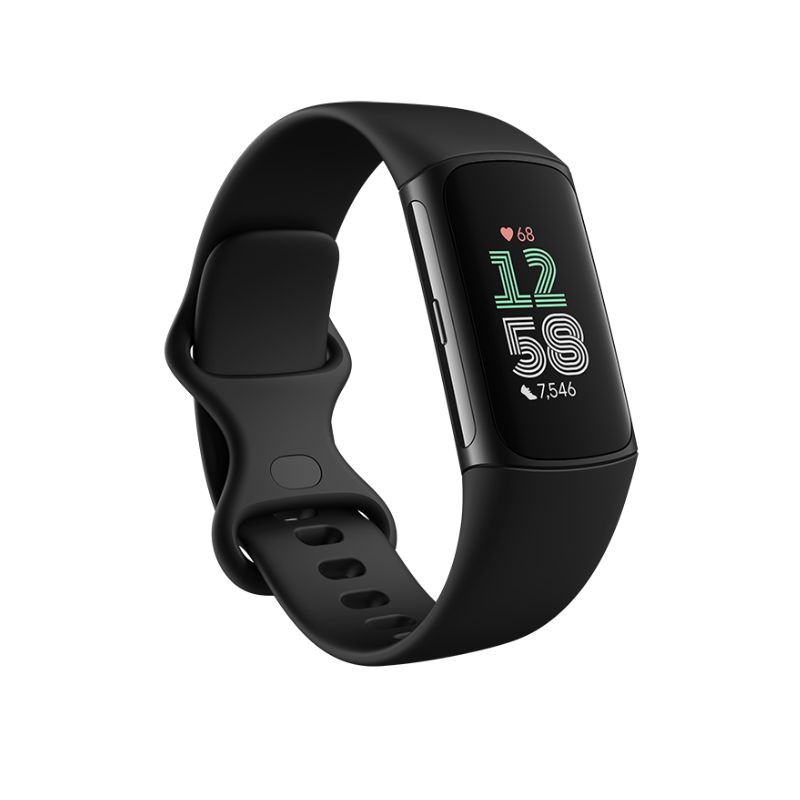
Designed with fitness in mind, the Charge 6 is the latest fitness tracker from Fitbit. Complete with Google's software integration, it offers more than any other model. Three colours also available.
Fitbit Versa 4 vs Charge 6: Specifications
| Header Cell - Column 0 | Fitbit Versa 4 | Fitbit Charge 6 |
|---|---|---|
| RRP | £199.99 | £139.99 |
| Type | Smartwatch | Fitness tracker |
| Size | 1.5" l x 1.5" w x 0.45" h | 1.4" l x 0.9" w x 0.4" h |
| Weight | 37.7g | 37.6g |
| Material | Aluminium, glass and resin, silicone band | Aluminium, glass and resin, silicone band |
| Built-in GPS | Yes | Yes |
| ECG sensor | No | Yes |
| Battery life | 6 days | 7 days |
| Waterproof | Yes, up to 50m | Yes, up to 50m |
| 6-month Fitbit Premium included | Yes | Yes |
Fitbit Versa 4 vs Charge 6: Design
The key difference between the Fitbit Versa 4 vs Charge 6 is in the design. While the Versa 4 sports a square-shaped touchscreen measuring 1.58 inches with a thick silicone band, the Fitbit Charge 6 has a rectangular touchscreen measuring 0.86 by 0.58 inches with a slimmer silicone band. Both are made from aluminium, glass, resin, and silicone with a premium, durable feel and are available in various colourways.
Neither is particularly heavy (weighing just over 36g) but those with smaller arms and wrists may find the Charge 6 a better option - especially when wearing the device to bed to track sleep - as it's a bit smaller.
The Versa 4 offers more viewing space thanks to the larger screen, making the information on the screen easy to see at a glance of the wrist. This is particularly useful if your priority is to have the device as an extension of your phone, with calls and text replies available at the touch of a button, as well as to use it as an activity tracker.
The Charge 6 has a fitness-first approach. The text on the screen is significantly smaller - but certainly still readable - and you'll have to tap the home screen to see your activity insights one at a time, rather than having them all there at once. The idea is to use the Charge 6 to check in on your stats, start and stop workouts, and be notified of calls and texts, but to primarily capture this data and view it on your phone instead. In return, you get a sleeker and more streamlined design.
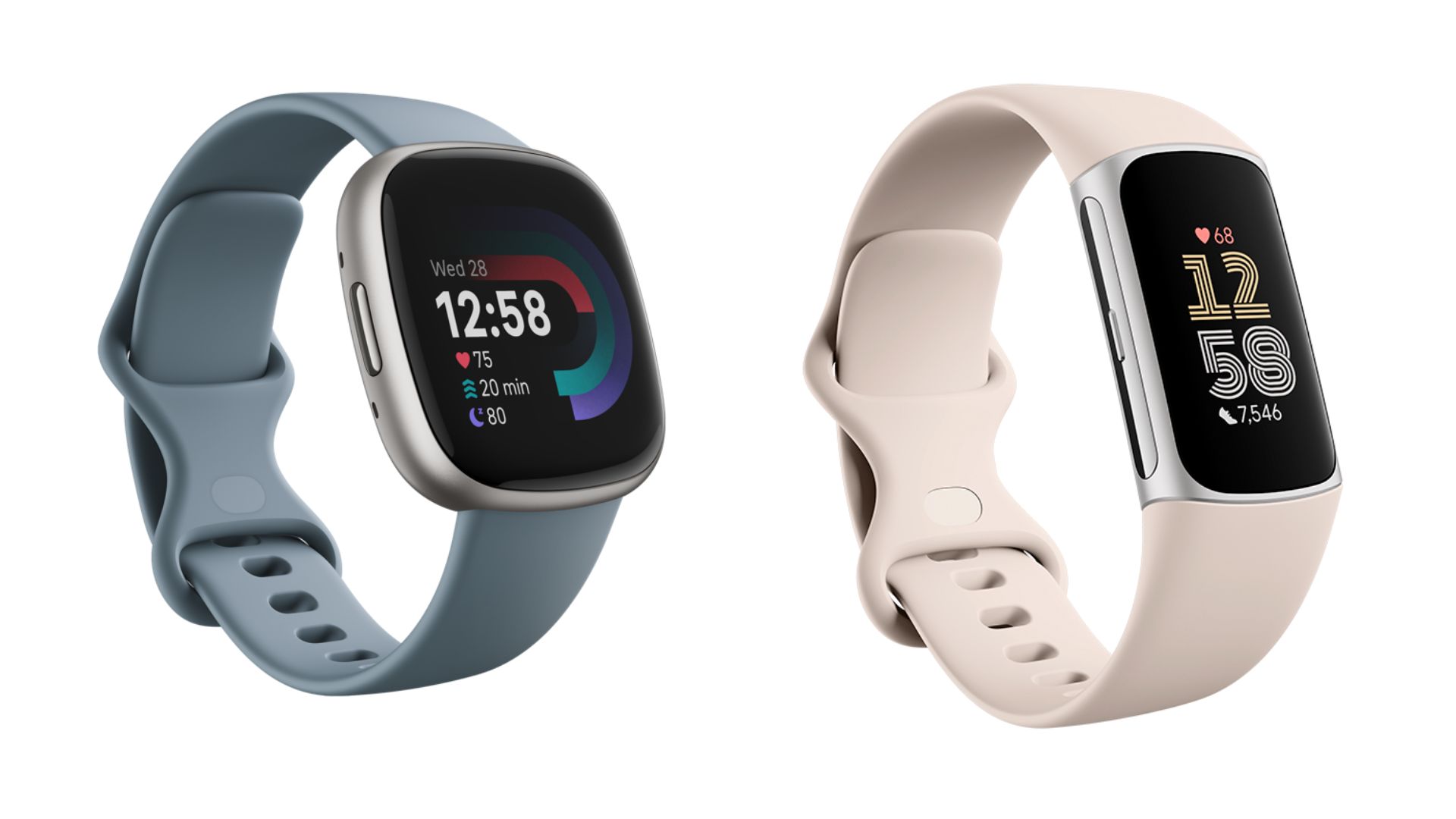
The main difference between the Fitbit Versa 4 vs Charge 6 is the design.
Activity and sleep tracking on the Fitbit Versa 4 vs Charge 6
The Fitbit Versa 4 and Charge 6 boast 40+ workout modes, including the essentials like running (all types), walking, cycling, and hiking, along with niche activities like stand-up paddleboarding and rock climbing. Having the specific workout modes to support these sports allows you to enjoy your data to its full potential, with specific sport-related insights available in each mode.
Both also have in-built GPS so you can leave your phone at home and still get an accurate measure of the distance you've travelled when walking, running, cycling, etc. However, you'll have to bring it with you anyway if you like to listen to music on the move since neither device supports any streaming service.If swimming is your choice exercise, you'll suit either device as they are water resistant up to 50m. You can also take them in the shower after your workout to clean your Fitbit.
I would like to have seen the Charge 6 with an altimeter to complete its fitness offering. This sensor tracks elevation gain and on the Versa 4 (which has the sensor), it allows the watch to record the number of floors you climb along with outdoor elevation. It's not essential but it feels like a missing piece in the Charge 6's otherwise-impressive lineup of activity-tracking features.
The Charge 6's unique Bluetooth connection to workout machines like treadmills and bikes sits within this impressive lineup. Provided you have a NordicTrack, Peloton, Concept2, Hydrow, or Echelon machine, you can connect your Fitbit Charge 6 and view real-time statistics on the machine. No other Fitbit offers this.
Where sleep tracking is concerned, both devices offer exactly the same features. The Fitbit Versa 4 and Charge 6 will record your sleep metrics provided you wear the device to bed, allowing you to see how long you've slept, the various types of sleep you had (light, deep, REM), and the quality of your sleep.
Both devices also come with a 6-month free Fitbit Premium trial, which can deliver even more detailed insights into your sleep and tips on improving it. Should you want to keep these insights after the 6 months are up, it's £7.99 a month.
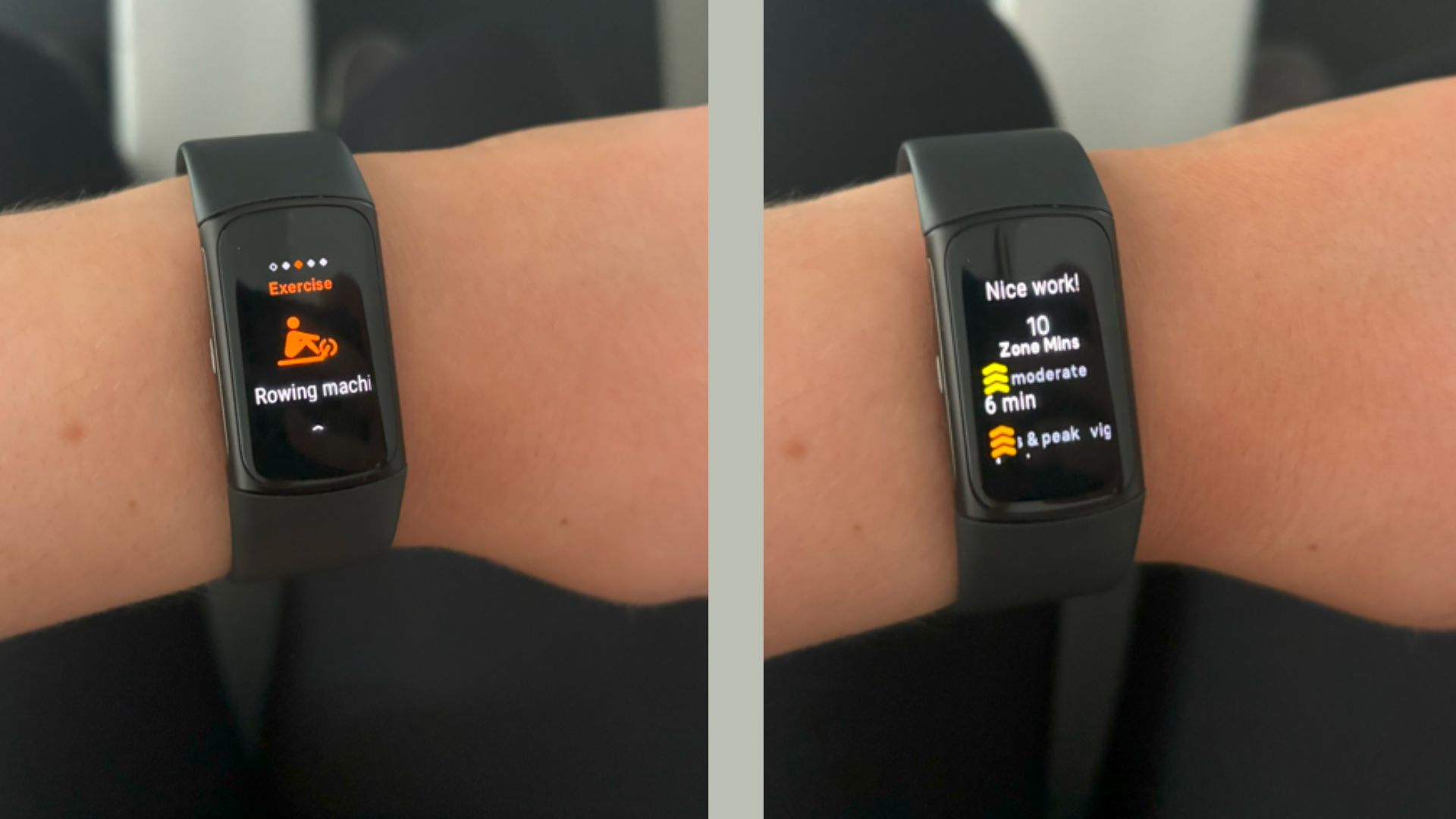
The Fitbit Charge 6 in exercise mode, as tested by health writer Ciara McGinley.
Health monitoring Fitbit Versa 4 vs Charge 6
The Fitbit Charge 6 is the better option of the two when it comes to advanced health-tracking sensors. Unlike the Fitbit Versa 4, it has an ECG and EDA sensor. The echocardiogram (ECG) sensor monitors your heart rhythm, allowing you to spot anything unusual. While many people won't ever use it, this can be particularly beneficial for those with a long-standing heart condition who may be at risk of heart problems - though it should never be used as a diagnostic tool.
The electrodermal activity (EDA) sensor essentially monitors changes in your sweat levels on the skin. Combined with your heart rate, the device uses the insights to offer readings on your stress levels and creates pattern reports.
The Fitbit Versa 4 can also monitor your stress levels. However, as it produces the Stress Management score and reports with less data, I would say it's less trustworthy than the Charge 6. What the Fitbit Versa 4 does offer, however, is breathing exercises on-screen to help lower your stress levels and help you relax. But if this feature is important to you, it's worth weighing up the Fitbit Versa 4 vs Sense 2 as this newer smartwatch has even more features in this department.
Both devices can also measure your blood oxygen saturation levels via a Sp02 sensor. This is a surprisingly advanced feature for the Fitbit range, given that it's absent on even the newest Apple Watch, but I'd say it's a 'nice to have' rather than a 'need' as it's a measurement of oxygen capacity in the lungs.
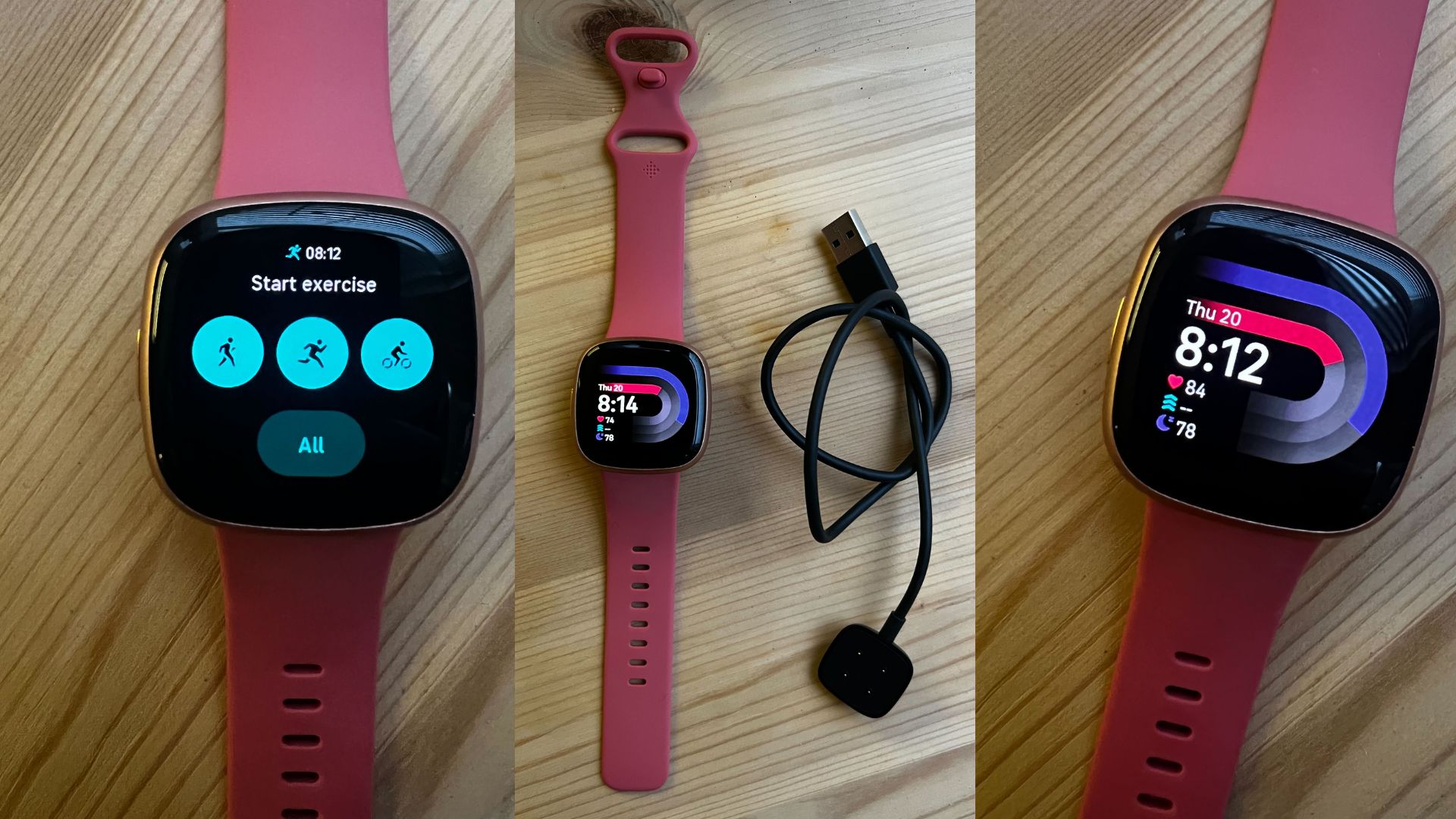
The Fitbit Versa 4 has a larger screen for easy-to-read stats.
Lifestyle features on Fitbit Versa 4 vs Charge 6
For those who want to track their workouts and record daily activities but whose focus is also on having an on-wrist virtual assistant, the Versa 4 is a better option. As the mid-tier smartwatch in the range, it's a much cheaper alternative to the Apple Watch Series 9, which offers many (but certainly not all) of the same features.
Exclusively on the Versa 4, provided you are connected to an Android device via Bluetooth, you can accept incoming calls on your wrist, check the weather, and use Amazon's Alexa features. Though not exclusive to the Versa 4 since the Charge 6 offers these actions too, you can 'Quick Reply' to messages on your wrist, use Google Wallet to pay in shops, and navigate around using Google Maps. There are also timer and stopwatch features accessible in just a few swipes on both devices.
I was disappointed to see that there is no support for offline music streaming from the likes of Spotify on either device. While the Charge 6 supports YouTube Music, which is an adequate compromise, I wouldn't want to use this over my regular streaming service. Also, previous iterations of the Versa have supported Spotify in the past - namely the Fitbit Versa 3 - so I question whether the Google integration has stopped this from happening in the upgrade.
Fitbit Versa 4 vs Charge 6: Price
When it comes to price, the Charge 6 is a no-brainer. At £139.99 RRP (and cheaper than this at many retailers now, since the model has been out for a few months), it's a great bargain given the advanced features, premium appearance, and smooth app integration.
Though if the Fitbit Versa 4 is more your speed, this smartwatch sits at £199.99 RRP. Despite its higher price point, this is still a budget-friendly tracker compared to the Oura Ring, Apple Watch, and Garmin devices.
Fitbit Versa 4 vs Charge 6: Which one is better?
Weighing up the Fitbit Versa 4 vs Charge 6, it's difficult to say which one is truly the best. Although they are relatively similar in many ways, their key feature differences and appearance make them standouts across all Fitbit types. It really depends on what you're looking for from your device.
I personally prefer the Fitbit Charge 6. Being someone who regularly exercises and finds the constant ping of smartwatch notifications distracting at best (and irritating at worst), I'd rather have the superior fitness, sleep, and stress-tracking features than the lifestyle assistance. It also comes in a fun coral / orange colour, which is unique to the range.
I'd choose the Fitbit Versa 4 if I was looking for an all-rounder that combines activity tracking, health insights, and lifestyle assistance, and perhaps if I was someone who'd otherwise buy an Apple Watch.

Grace Walsh is woman&home's Health Channel Editor, working across the areas of fitness, nutrition, sleep, mental health, relationships, and sex. She is also a qualified fitness instructor. In 2025, she will be taking on her third marathon in Brighton, completing her first ultra marathon, and qualifying as a certified personal trainer and nutrition coach.
A digital journalist with over seven years experience as a writer and editor for UK publications, Grace has covered (almost) everything in the world of health and wellbeing with bylines in Cosmopolitan, Red, The i Paper, GoodtoKnow, and more.
-
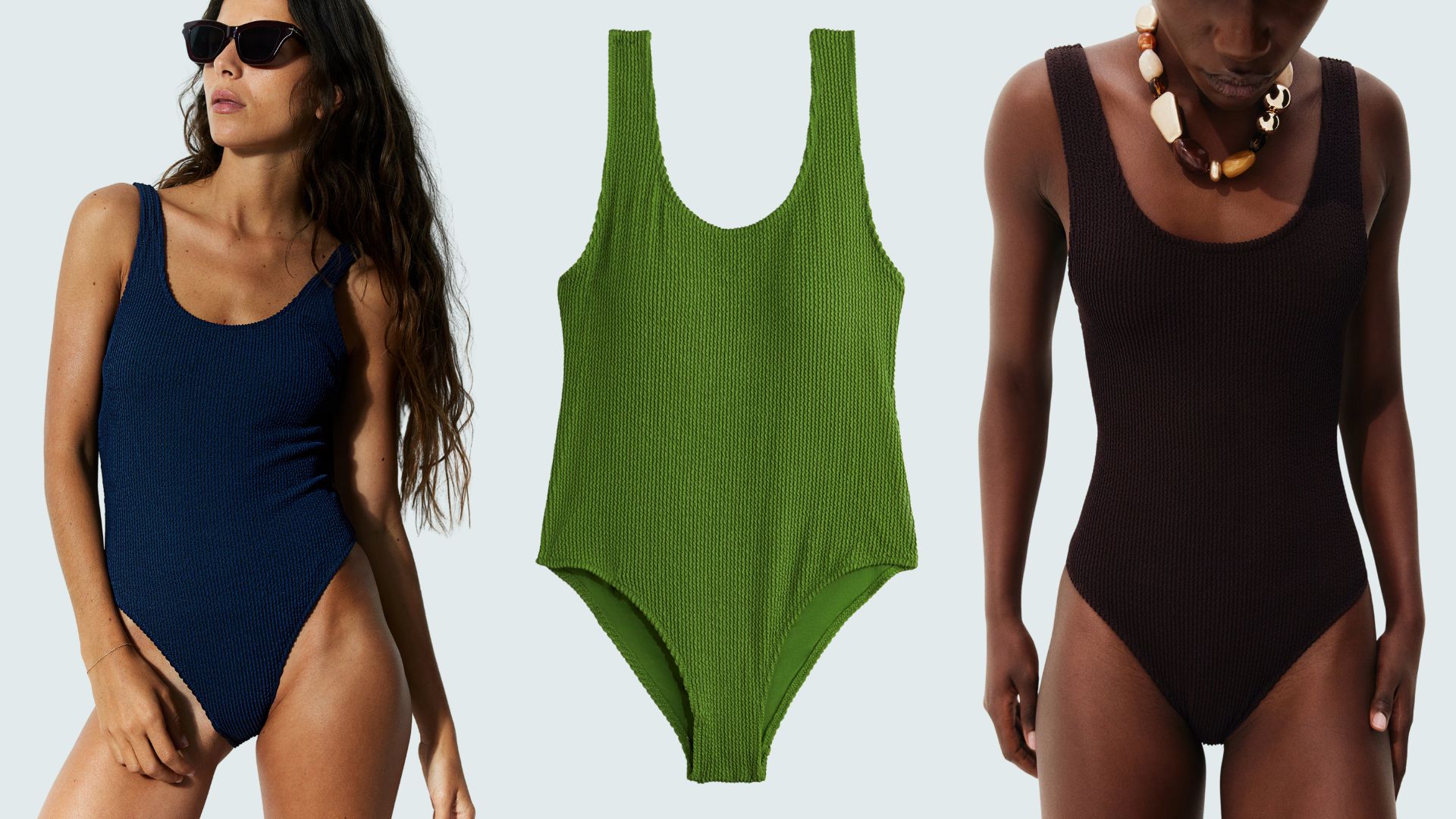 I thought my swimsuit buying days were done after splashing out on a designer style - then I discovered this must-have H&M option
I thought my swimsuit buying days were done after splashing out on a designer style - then I discovered this must-have H&M optionPriced at just under £25, the H&M padded-cup swimsuit seriously surprised me
By Caroline Parr
-
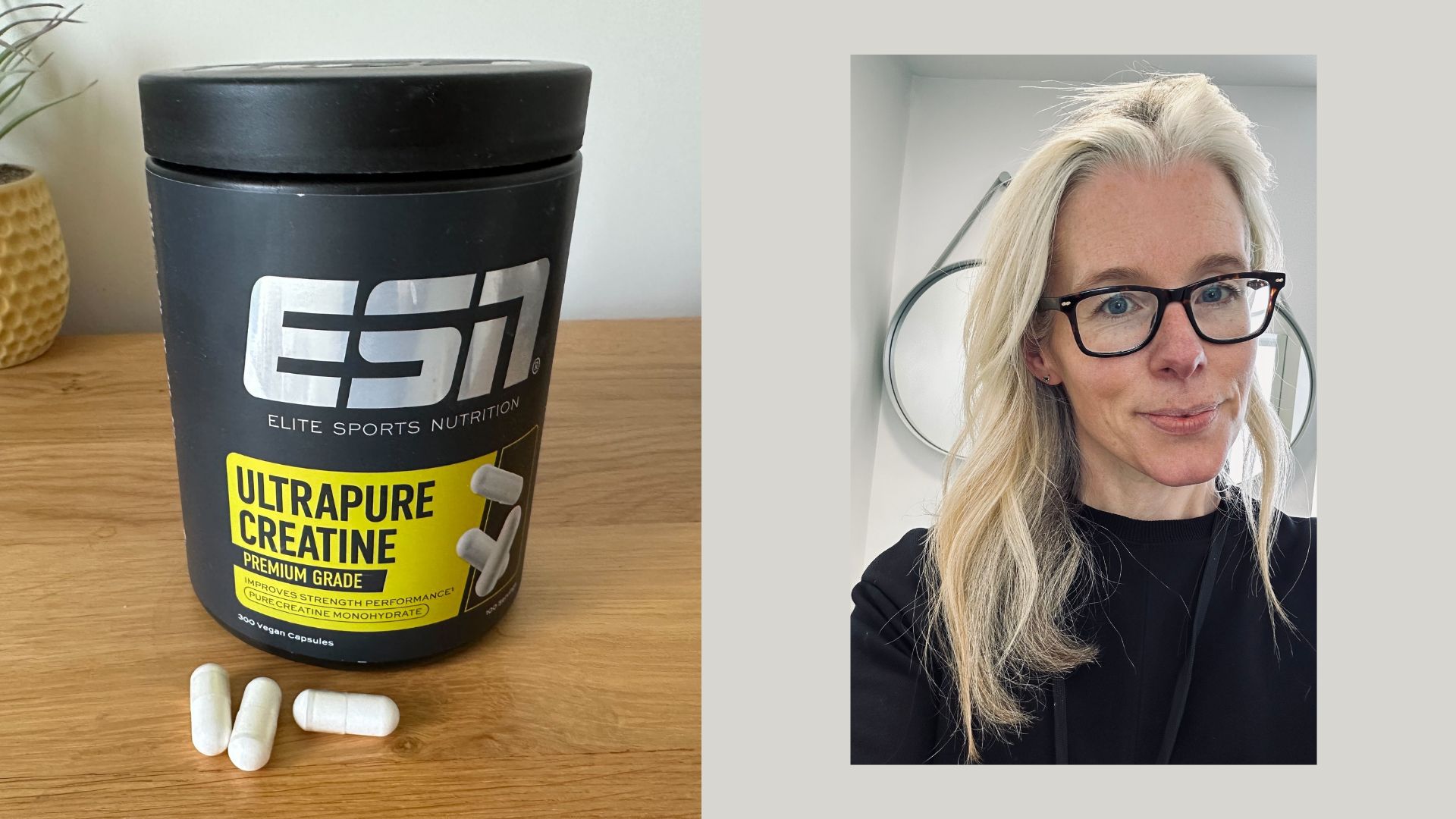 I took creatine every day for a month - these are the surprising brain benefits no one talks about
I took creatine every day for a month - these are the surprising brain benefits no one talks aboutCreatine is known for its physical benefits, but after trying it for a month, it's the mental benefits I can't stop talking about
By Kerrie Hughes